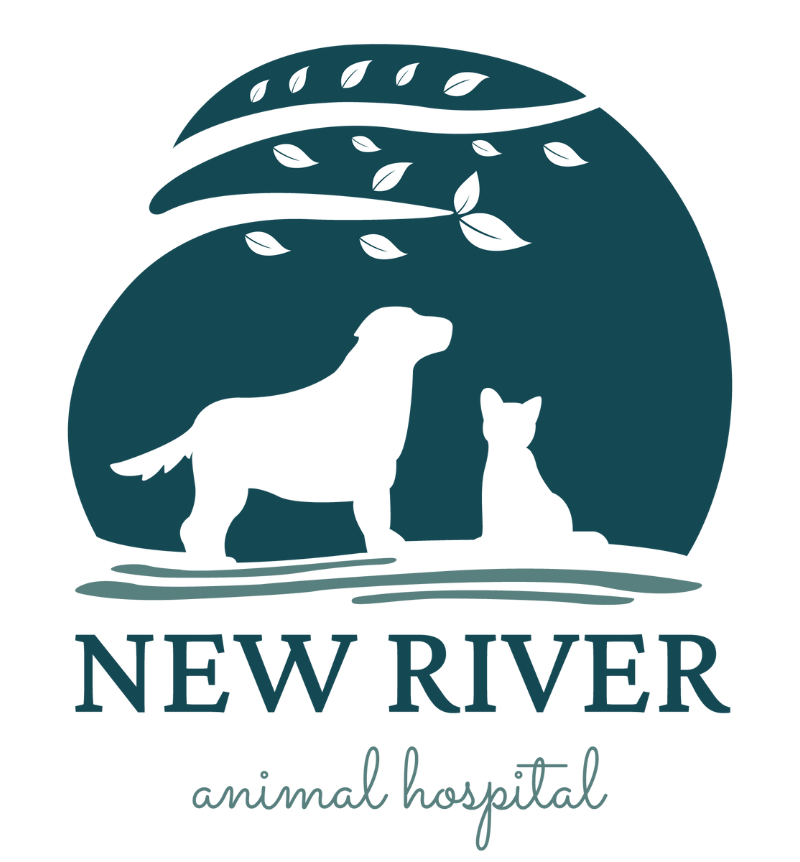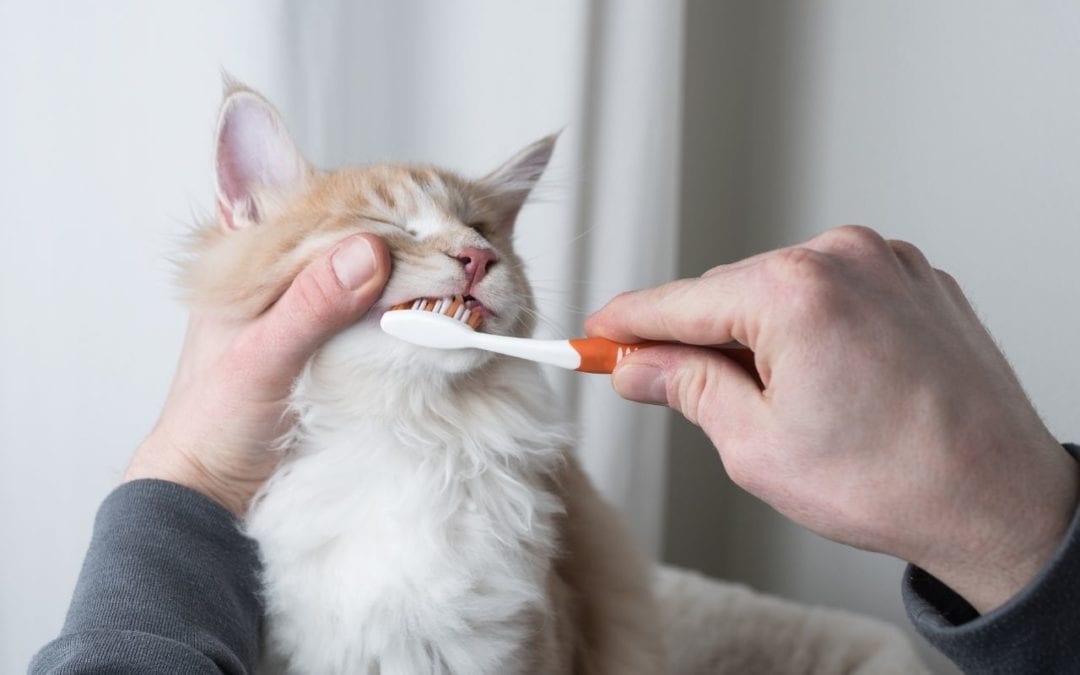One of the easiest things to do is to feed your pet a good quality dental diet. The nuggets have a scrubbing action when chewed. There are many treats & chew toys that do the same. Water additives such as Chlorhexidine keep down bacteria that lead to plaque. Mouth sprays & gels applied directly to the gums daily can do the same. It may take a combination of methods to keep your pet’s teeth & gums healthy.
In addition, your vet will check your pet’s mouth at every visit & make recommendations. Often, a complete cleaning will be recommended. Smaller dogs and dogs whose teeth are crowded tend to have more dental problems. You have your teeth cleaned twice a year. Your pet needs it, too!
As pets age, dental disease that has not been addressed can get much worse & be overlooked as “just part of getting old.” Nothing could be further from the truth! Bad breath, difficulty eating, drooling, and avoiding being touched on the head or mouth means PAIN!! This pain is avoidable, and not addressing it because the pet is aged is cruel & inhumane. Even aged pets with other problems, such as heart or kidney disease, significantly benefit from good oral care. Yes, cleaning, polishing, sealing & extracting teeth take place under light general anesthesia, but today’s medications for pain, anesthesia & infection are safe, easy & successfully administered. It’s no excuse to not care for a senior’s dental problems because of fear of anesthesia.
As we said before, prevention is really the key. Start when your pet is a baby. Get them used to having your fingers in their mouths (without biting!) Rub over their gums & teeth daily. This prepares them for brushing or administering a dental product without difficulty. Even older pets can be conditioned to accept this. You may need to put a little spray cheese or peanut butter on your finger initially to improve acceptance, but with a little time every day it can be done! Regular prevention will not only save the pet a lot of pain & tooth loss later but save you a lot of money, too.

